Scrubbers: pH and Environmental Compliance
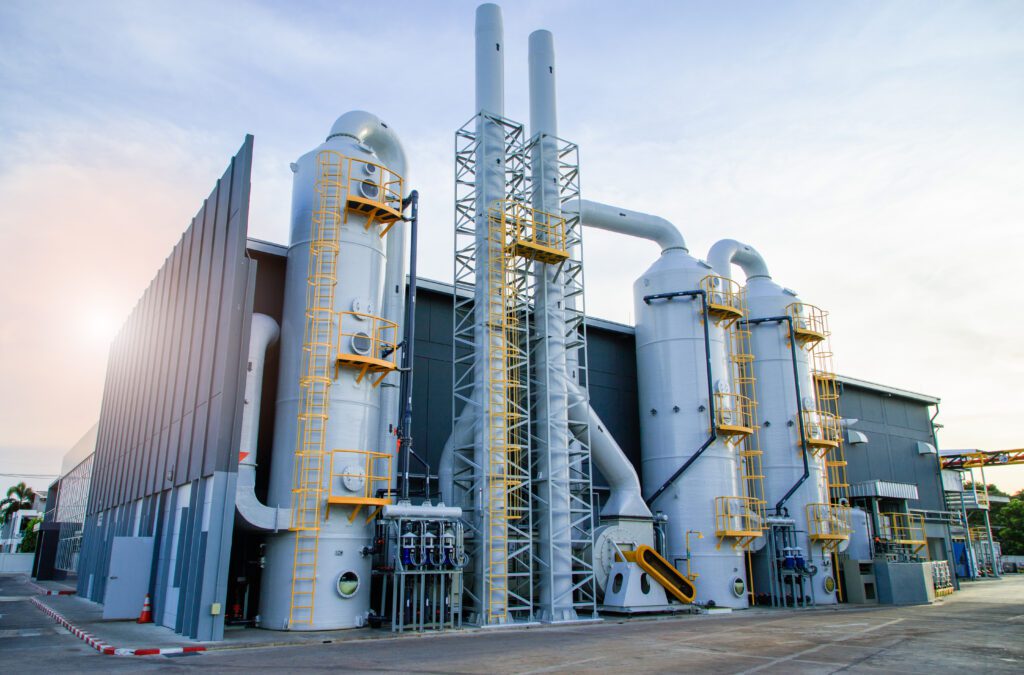
pH measurements in scrubber systems are impactful to the environment of the area, the safety of the workforce, and the process itself.
The Five Most Impactful Results From Automation
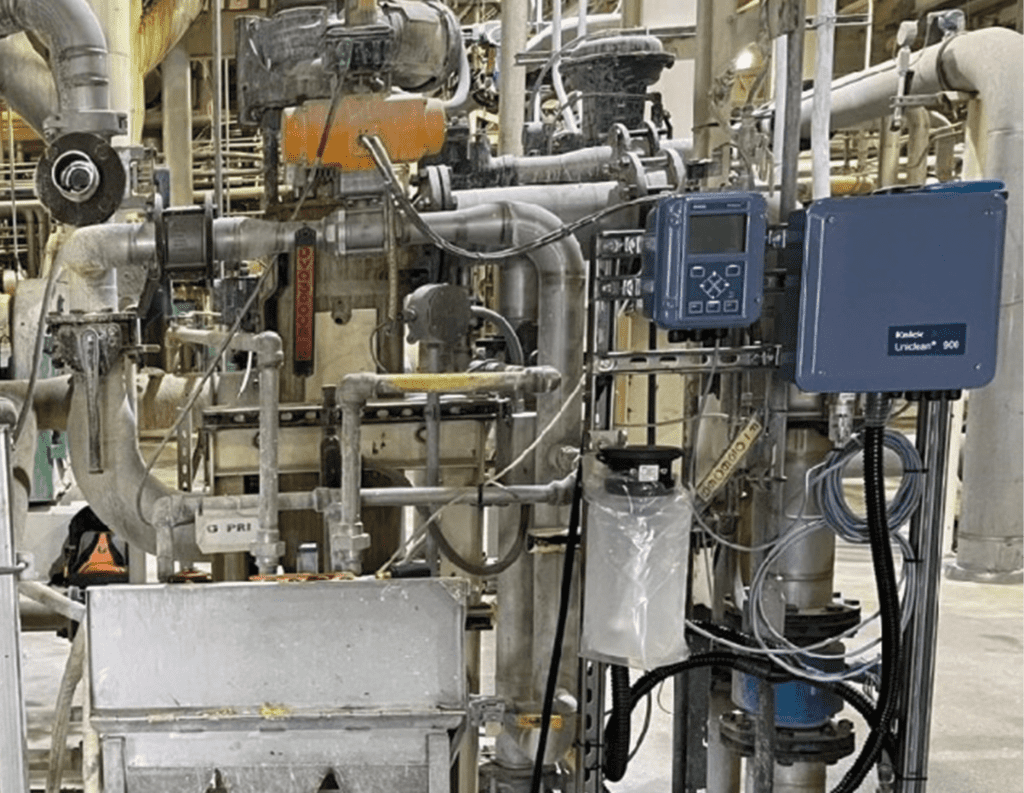
Outside of convenience, managers and operators have a myriad of factors to consider before introducing a new system into their process
pH and Dissolved Oxygen in Insulin Production
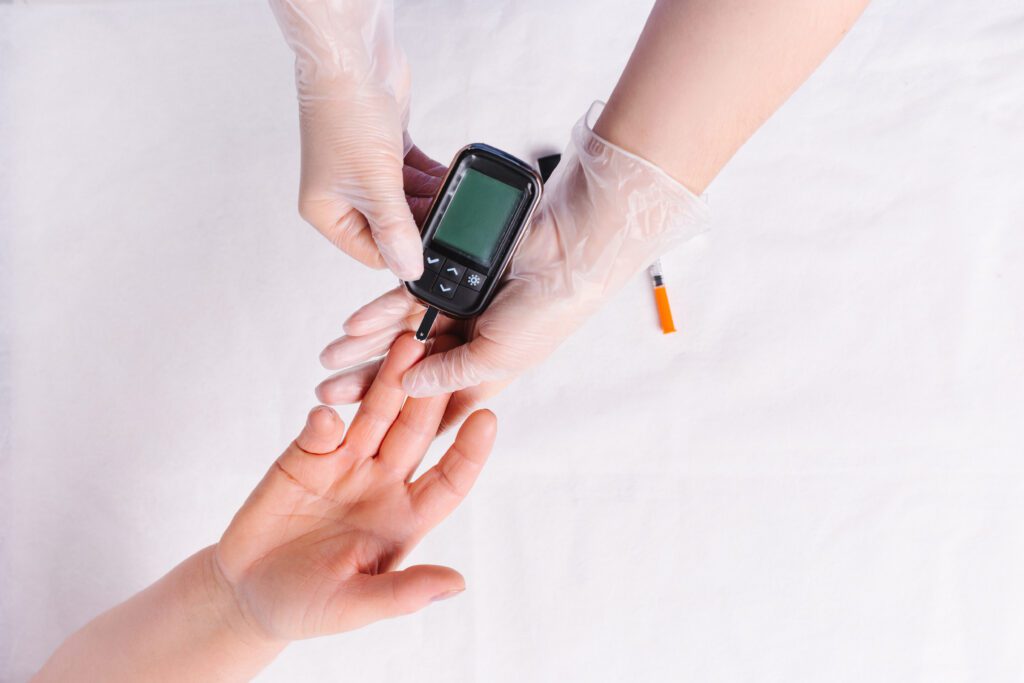
Manufacturing insulin is a carefully controlled biotechnological process that combines genetic engineering, fermentation, and protein purification.
Smarter Sensor Management for Safer, More Efficient Processes

Whether you’re dealing with pH, ORP, conductivity or oxygen sensors, MemoSuite can simplify how you monitor and maintain your instrumentation.
Smart Consolidation in Steam Water Analysis Systems

A SWAS system acts like the early warning system for a steam cycle in power plants, and pH and conductivity are its most critical measurement points.
Cell Constant: What It Is & Why It Matters
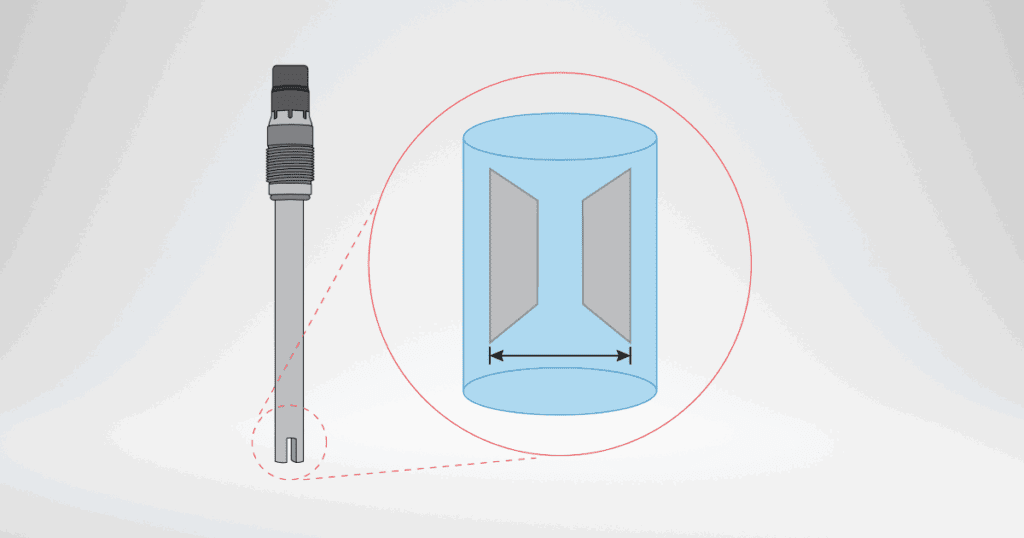
The cell constant is the link between a conductivity sensor’s physical design and its ability to deliver accurate measurements.
Enhancing HF Alky Unit Safety With pH Monitoring
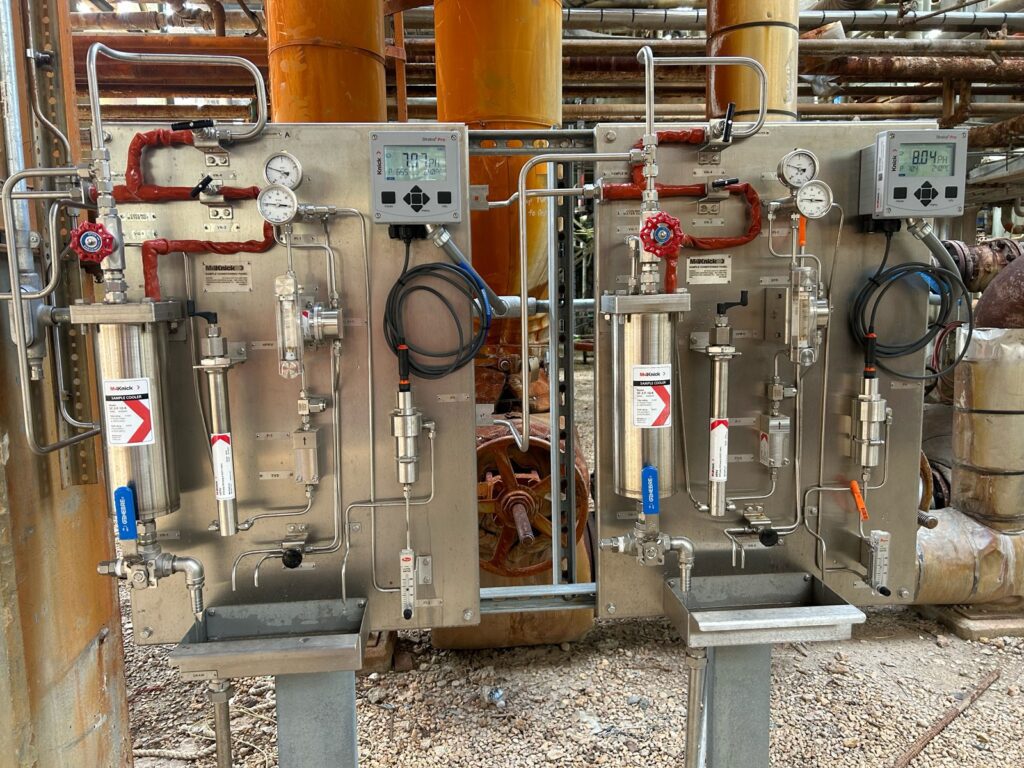
In cases where HF Alky unit operators previously checked for leaks manually, they can now use accurate digital pH sensors to detect spiking pH levels from a safe environment.
What Happens When a pH Sensor Dries Out? (And How to Fix It)
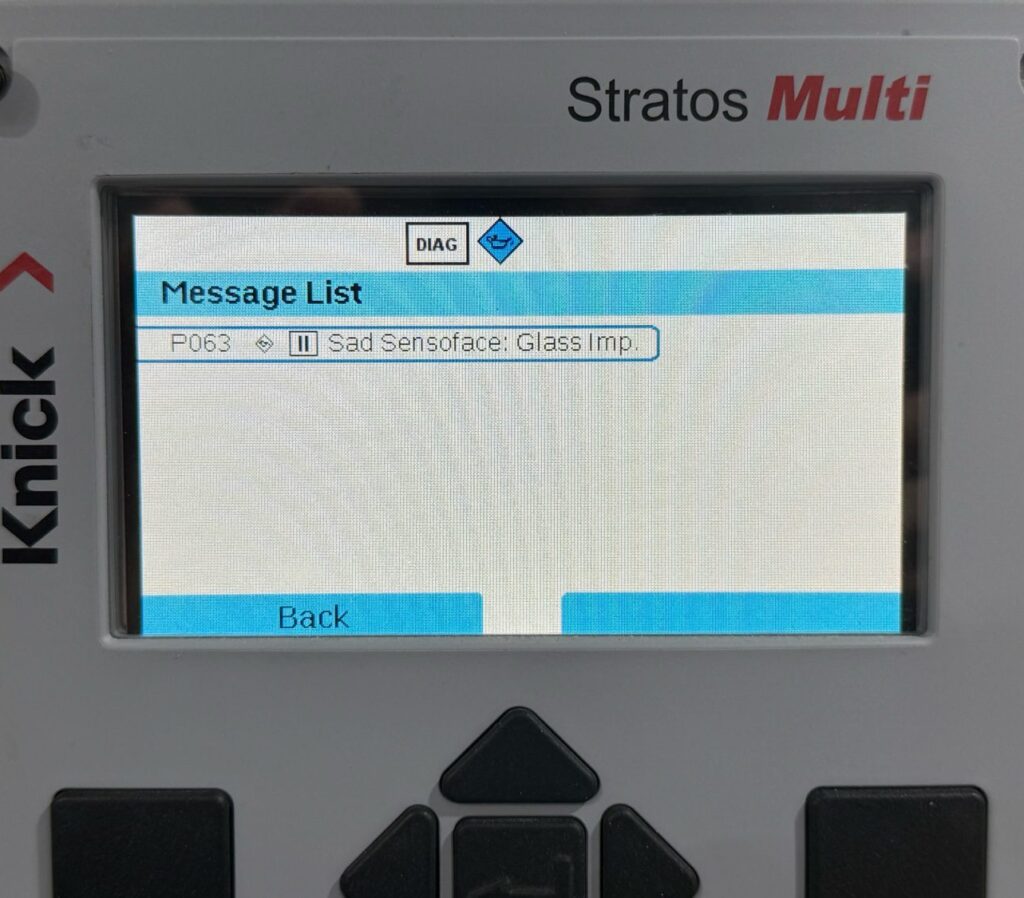
For glass electrodes, possibly the most important need for long-term sensor health is the hydration of the sensor bulb.
From Beers to Beakers: A Brief History of pH
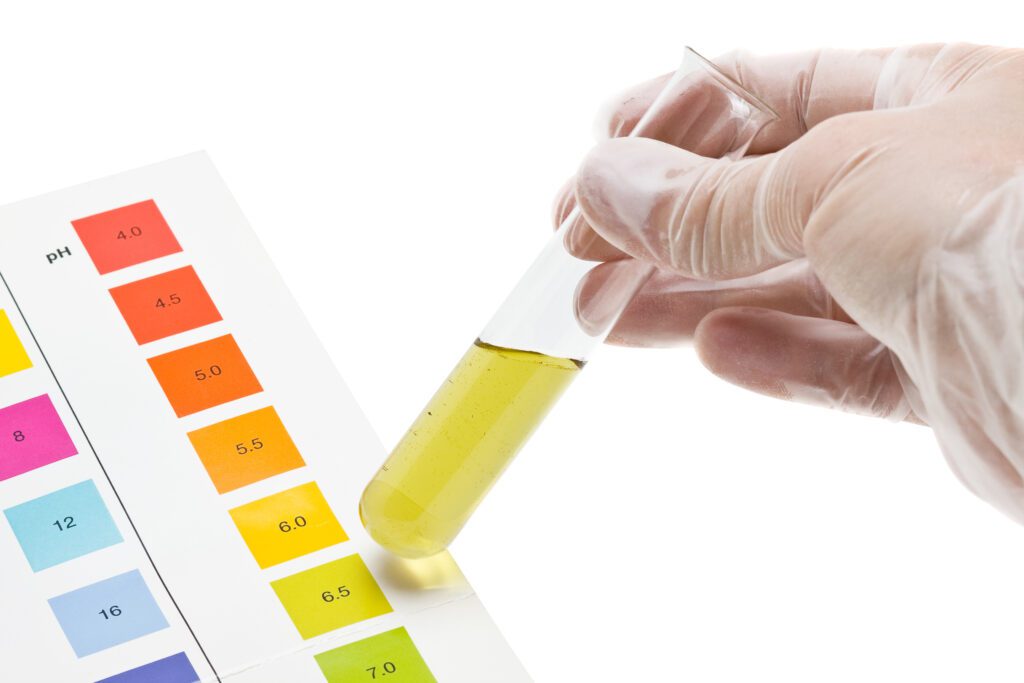
In this little history lesson, we’ll skim through the origins of pH from its conceptual birth all the way to its impact on the modern industrial world.
Automating pH Control in Plasma Fractionation
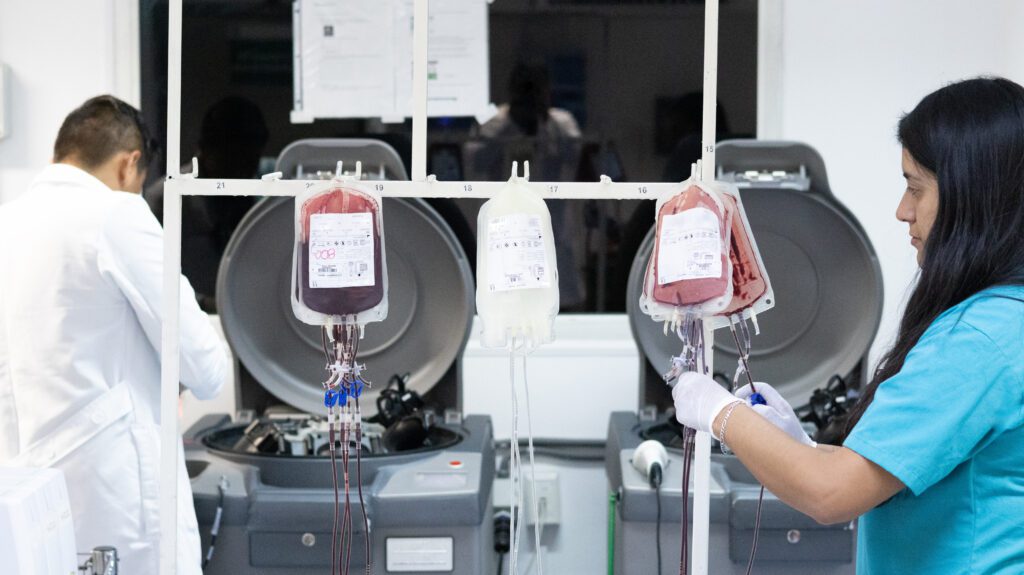
Plasma fractionation plays a critical role in medicine and demands unmatched accuracy, and pH control is one of the most crucial factors for its success.
